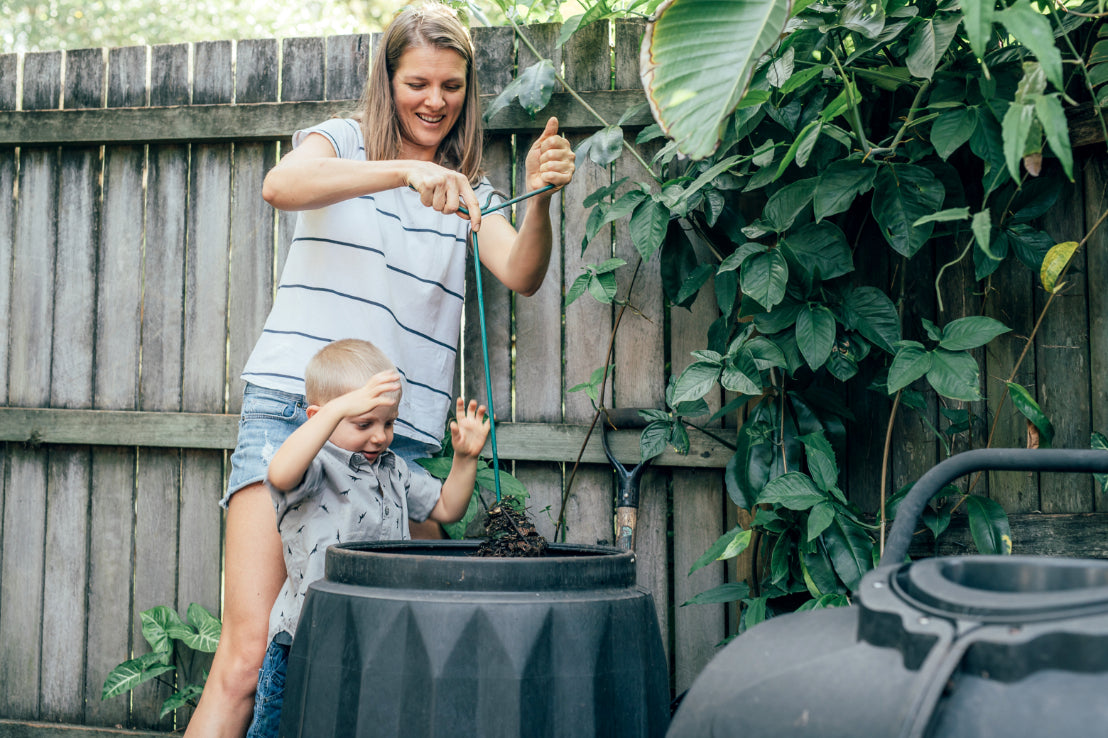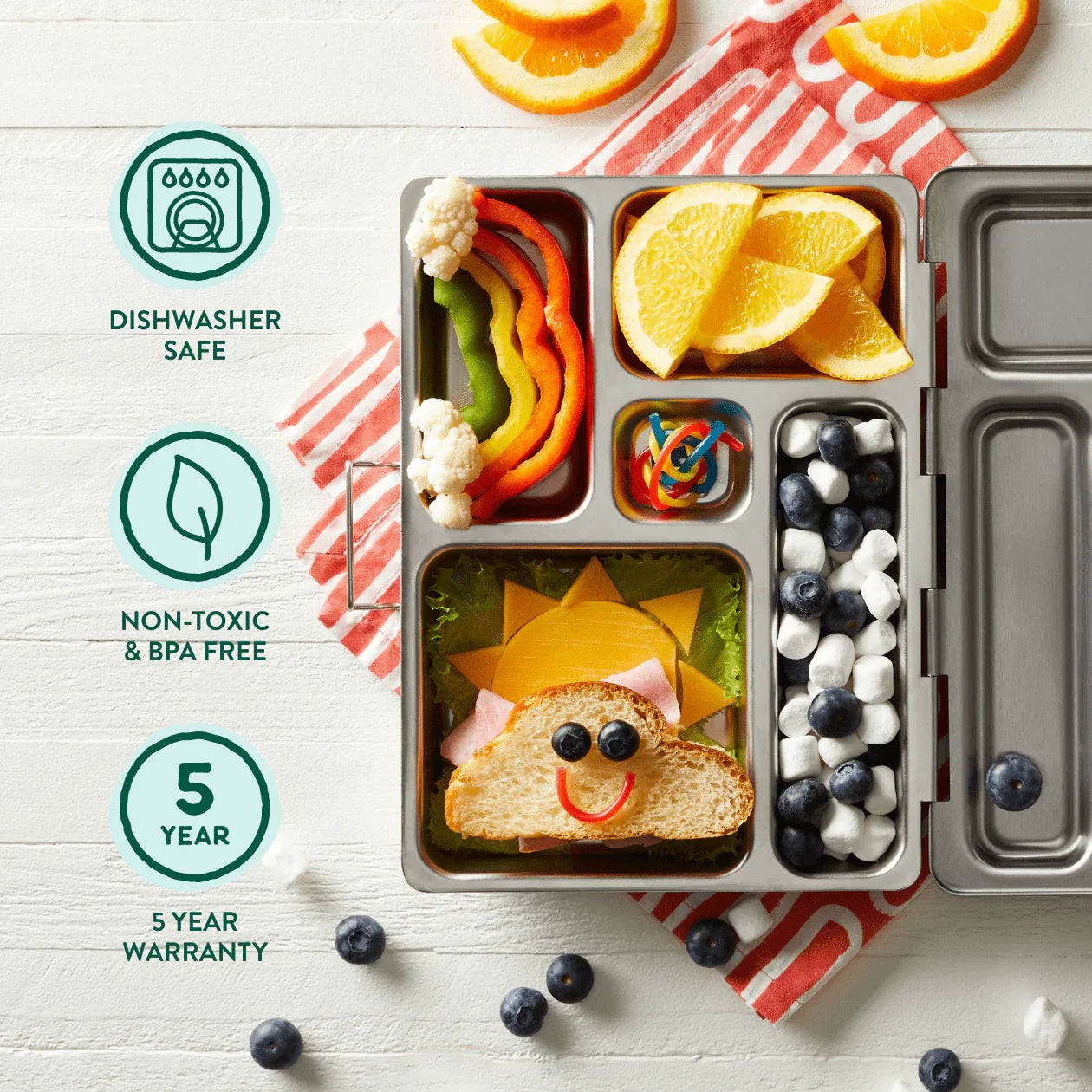Composting has a bit of a reputation. People imagine overflowing bins, swarms of fruit flies, and the vague scent of something that died in your fridge. But composting doesn’t have to be gross—and it definitely doesn’t have to be complicated. In fact, it’s one of the easiest and most impactful things you can do to fight food waste and nourish the Earth.
Whether you’ve got a backyard, a balcony, or just a countertop, composting is totally doable with the right setup (and attitude). Let’s break it down in a way that’s beginner-friendly, mess-averse, and maybe even fun. Because honestly? Watching your food scraps turn into rich, beautiful soil feels kind of magical.

Why Composting Matters (and Why It’s Cooler Than You Think)
When food waste goes to the landfill, it doesn’t break down the way you’d expect. Without oxygen, it decomposes anaerobically—producing methane, a potent greenhouse gas that contributes to climate change. Composting, on the other hand, is an aerobic process (hello, oxygen) that turns your scraps into nutrient-rich humus that feeds plants, improves soil health, and keeps waste out of the trash.
According to the EPA, food is the single largest category of material in municipal landfills. But it doesn’t have to be. Composting helps close the loop between what we eat and what we grow—and it’s a small act with a surprisingly big impact. Plus, it feels really good to know your avocado pit is going to become part of someone’s rooftop garden someday.
Composting, Demystified
Let’s talk compost chemistry (don’t worry—it’s not scary). All compost piles rely on a balance between two types of materials: “greens” and “browns.” Greens are your wet, nitrogen-rich items—think veggie scraps, coffee grounds, and grass clippings. Browns are dry and carbon-rich—like shredded newspaper, cardboard, and crunchy fall leaves. For happy, stink-free decomposition, aim for about twice as many browns as greens. Too much green can turn your pile into a slimy mess, and too much brown will slow things way down. But don’t stress—it’s more of a vibe than an exact science.

Set Yourself Up for (Rotting) Success
Where and how you compost depends on your space and lifestyle. Got a backyard? You can build a DIY bin, grab a rotating tumbler, or even go the open-pile route. No yard? A small apartment is no excuse—countertop bins, drop-off services, and worm bins (yes, worm bins!) make it easy to compost in any living situation.
At Marley’s Monsters HQ, we love using a Wet Bag to collect daily scraps. It’s waterproof, machine washable, and doesn’t absorb odors the way open containers can. Just stash your fruit peels, veggie ends, and coffee grounds inside, and empty it into your main compost system every few days. Easy peasy banana-peel squeezy.
The One and Only List You’ll Need: What to Compost (and What to Skip)
Yes, please (greens + browns): Fruit and veggie scraps, coffee grounds, tea leaves (minus the staples), crushed eggshells, fresh grass clippings, plant trimmings, shredded paper, cardboard, dead leaves, toilet paper rolls, and even natural-fiber dryer lint. Yep, really.
Hard pass: Meat, dairy, and oily leftovers (unless you’ve got a high-heat or industrial setup); pet waste; glossy or plastic-coated paper; diseased plants; and anything synthetic or labeled “biodegradable” that isn’t certified compostable. When in doubt? Google it or leave it out.

The “Ick” Factor (and How to Avoid It)
Here’s the truth: a well-balanced compost pile shouldn’t be stinky or buggy. If it smells, it probably needs more browns. If it’s too wet, try chopping scraps smaller and layering with dry materials like leaves or shredded paper. And if you’re battling fruit flies, cover your indoor bin or store scraps in the freezer until you’re ready to take them out.
Emptying your scrap bag regularly and giving your pile a stir every week or two helps keep things breezy. And since Wet Bags are washable, cleanup is a total breeze. Basically, composting shouldn’t feel like a horror movie—it should feel like gardening with a little extra edge.
When It’s Ready (and What to Do with It)
Depending on your method and maintenance, finished compost can take anywhere from two months to a year to form. You’ll know it’s ready when it looks like rich, fluffy soil and smells earthy—not like last week’s apple core.
So, what now? Use it to enrich garden beds, mix into potting soil, sprinkle around houseplants, or gift it to a green-thumbed friend. Don’t garden? Even a potted basil plant on your windowsill will appreciate a little compost love. And if you really want to flex, try “top-dressing” your lawn or planters with it—it’s like a facial for your dirt.
You’re Officially Compost Royalty
There you have it. You’ve joined the glorious ranks of the rot-obsessed, the soil builders, the eco-heroes turning trash into treasure. Composting isn’t just about reducing waste—it’s about connecting with the Earth in the most fundamental way. It’s slow, satisfying, and weirdly empowering.
And the best part? You don’t need a huge backyard or an advanced science degree to do it. Just a few scraps, a little know-how, and the right reusable tools to make the process seamless and stink-free.
Ready to start composting in style? Check out our kitchen reusables to help you collect, clean, and conquer waste like a total earth-loving pro.



